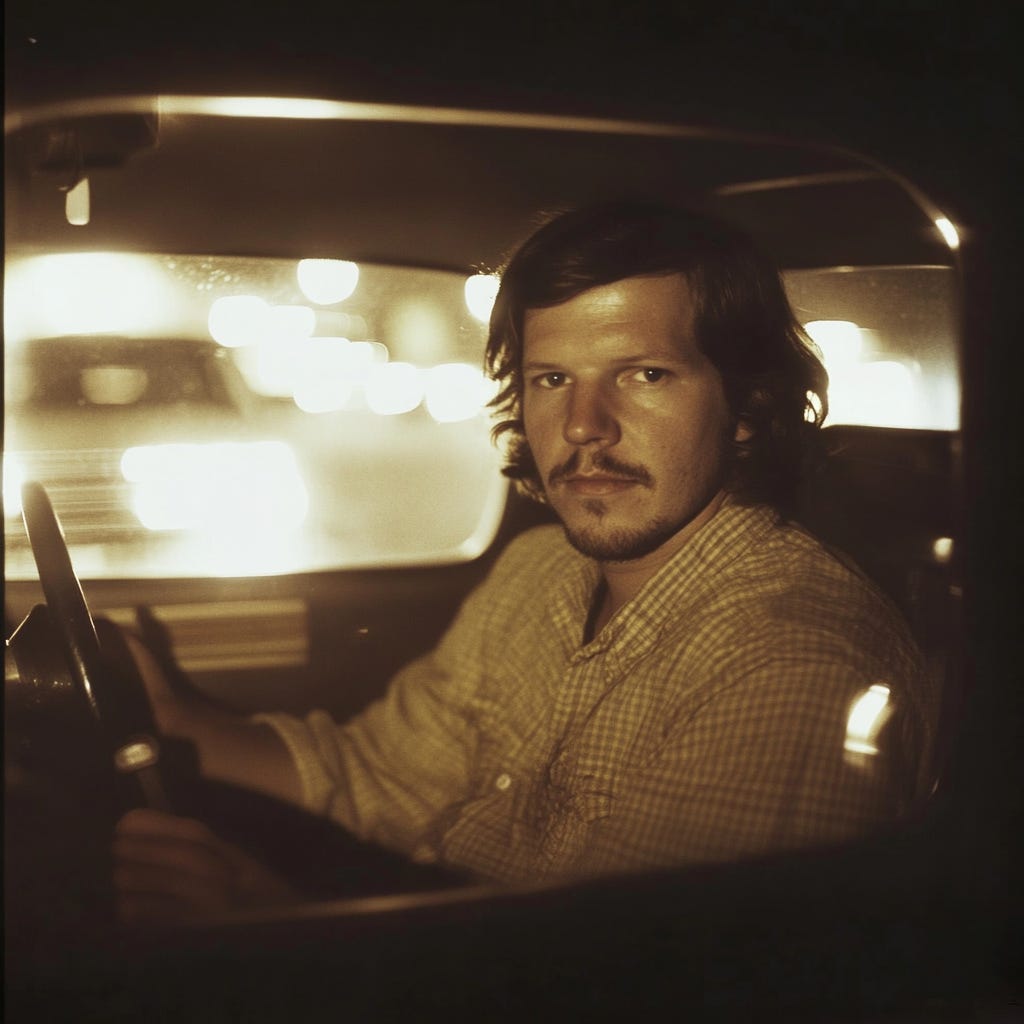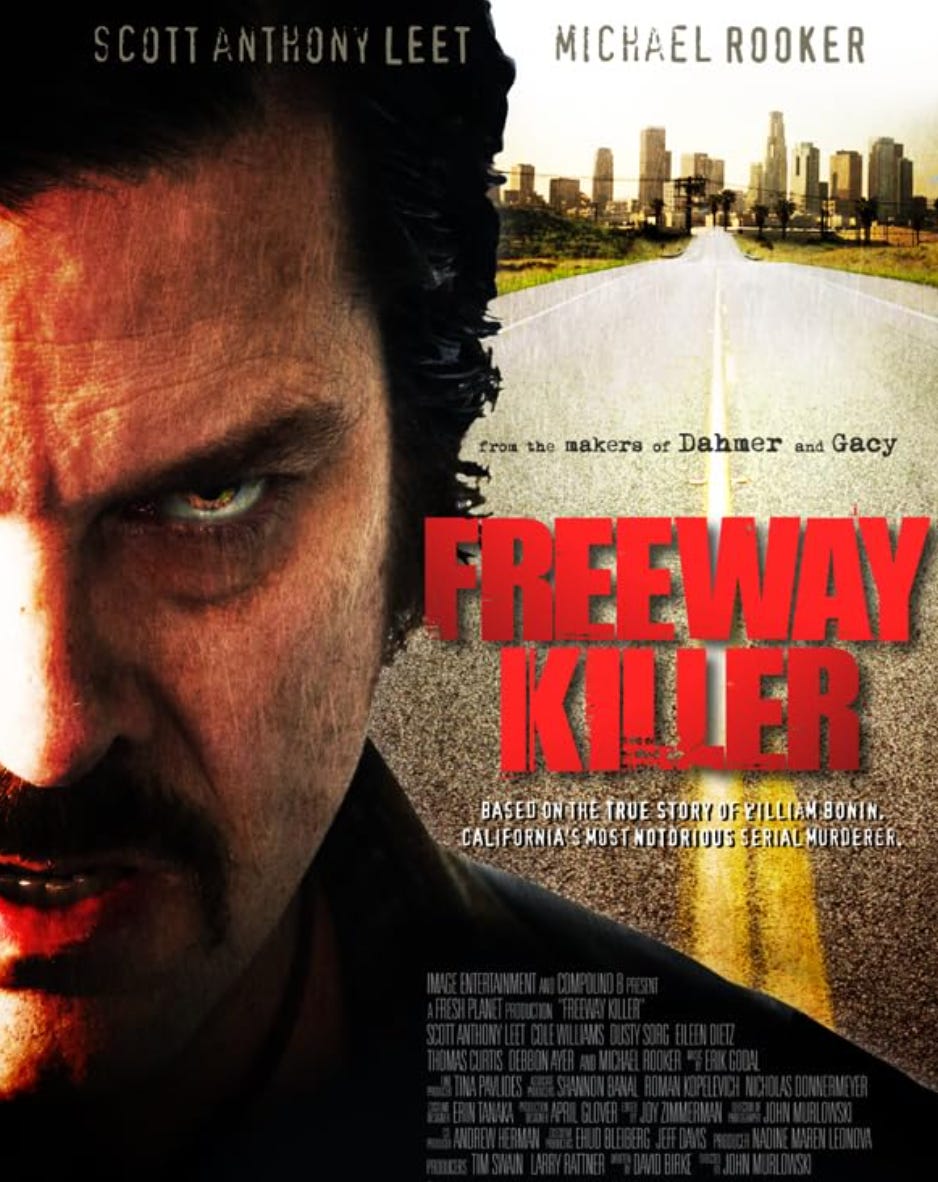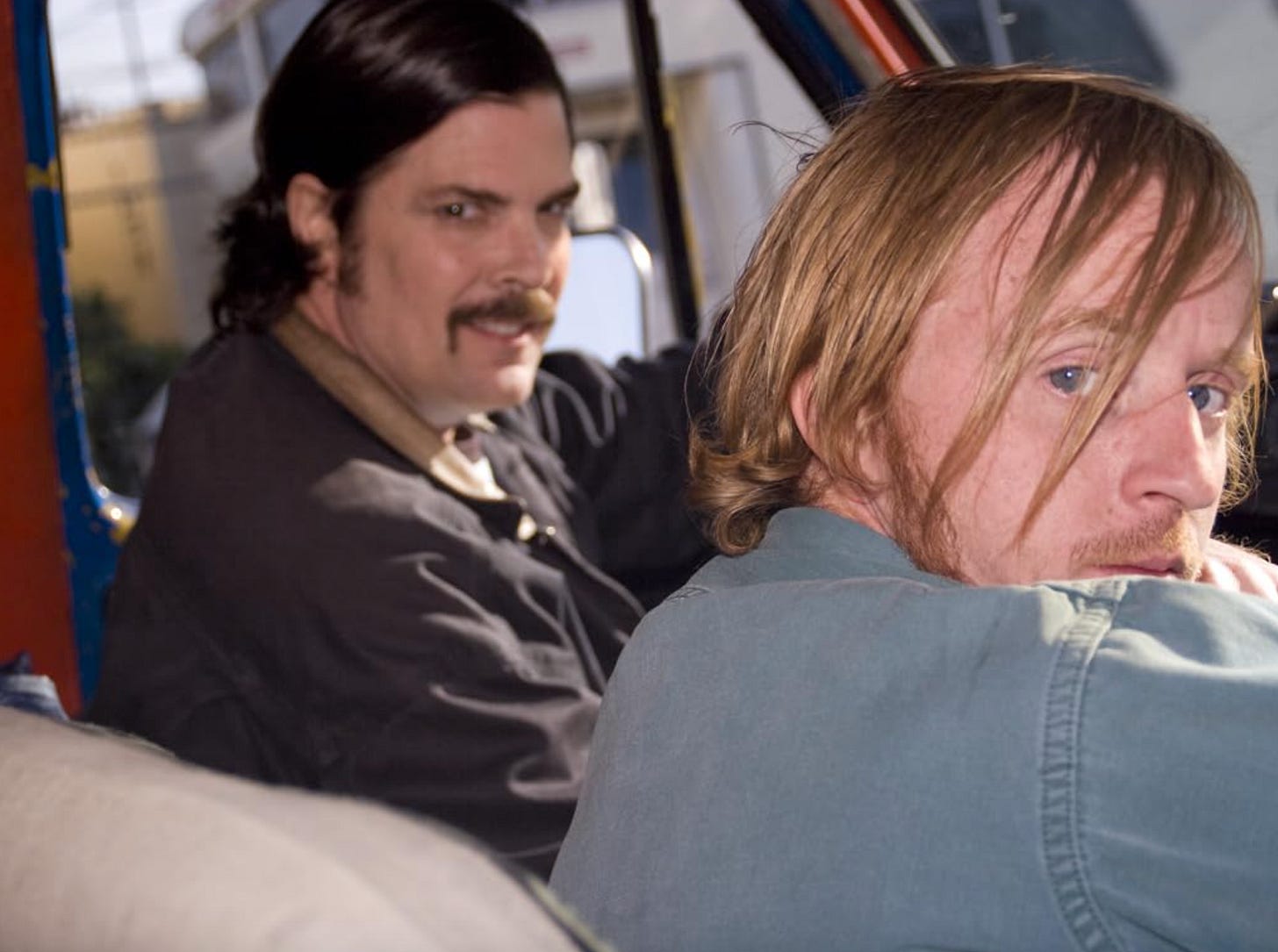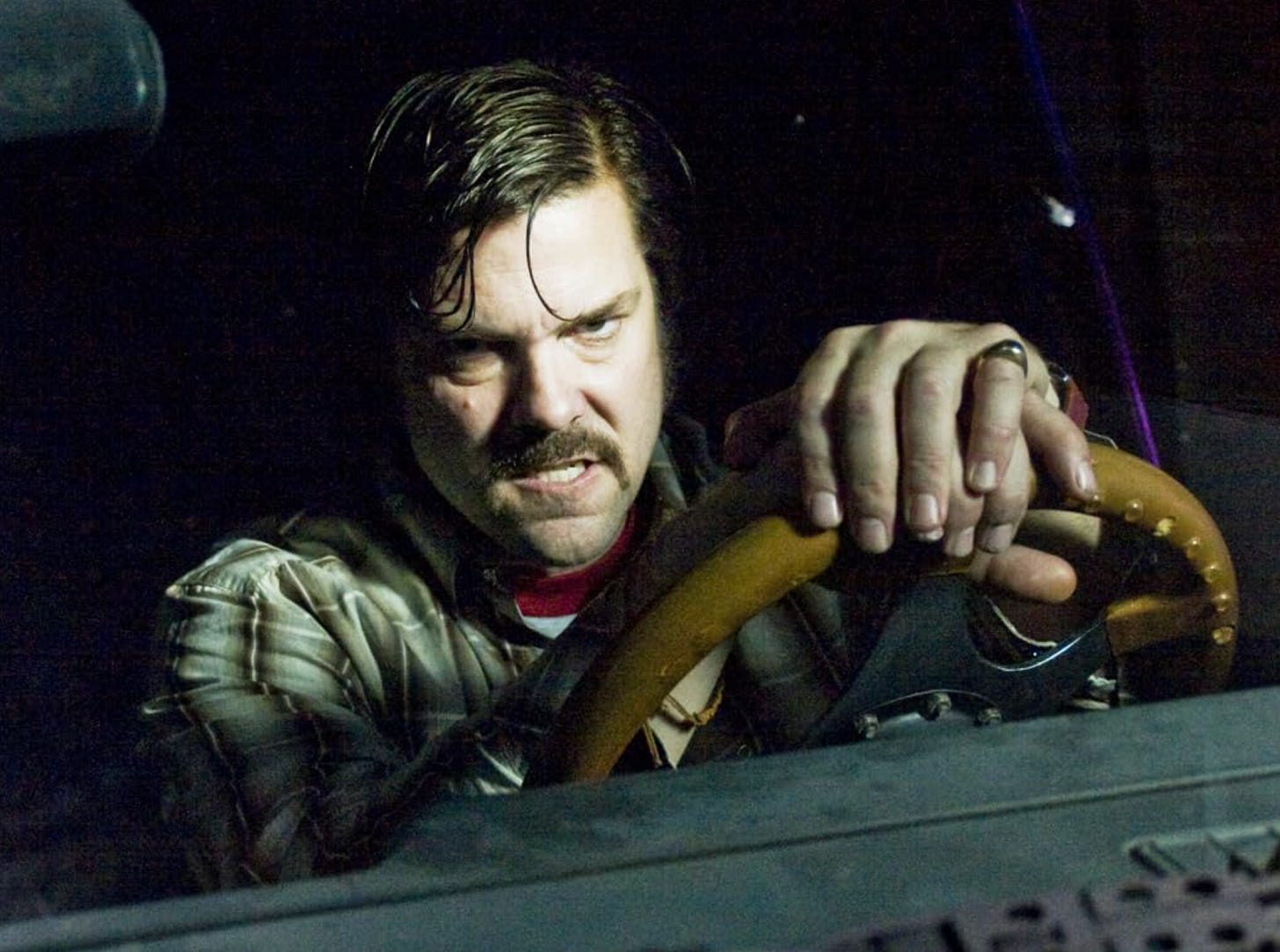Horror on the Highway: The True Story Behind the 2010 Film Freeway Killer
The 2010 film Freeway Killer explores the brutal reign of terror of California serial killer William Bonin and his accomplices
*Warning: This Article Contains Sensitive Subject Matter*
Background
The chilling 2010 film Freeway Killer recounts the brutal crimes of William Bonin, infamously dubbed the “Freeway Killer,” who was convicted of assaulting, torturing, and murdering over a dozen boys and young men in southern California between 1979 and 1980.
Like most movies that claim to be based on real events, Freeway Killer straddles the line between fact and fiction. To separate fiction from reality, we must explore the film and the terrifying real-life case that inspired it.
Film Overview
Directed by John Murlowski, Freeway Killer premiered on February 16th, 2010. The movie follows the life of Vietnam veteran and truck driver turned sadistic murderer, William Bonin. The film highlights Bonin’s descent into darkness, as well as his relationships with various accomplices who assisted in his brutal crimes. The narrative is portrayed through flashbacks as William recounts his life to the mother of one of his victims.
The story begins with Bonin and his accomplice, Vernon Butts, murdering a hitchhiker. Soon thereafter, Bonin begins plotting the murder of a local shop employee, Kyle Peterson. However, after some tension with Vernon, Bonin decides instead to take Kyle under his wing as a secondary accomplice. The film continues with graphic depictions of more torture and murder, not shying away from the brutality of the crimes.
Bonin later picks up a teenage hitchhiker, but his anxious demeanor scares the teen, who tries to exit the vehicle. Bonin then strangles him with a shirt and tire iron. The police, who had been tailing Bonin, move in to make the arrest.
Bonin is taken into custody, and the police manage to track down and arrest Kyle as well. Bonin admits to his crimes and identifies Vernon Butts as his other accomplice. Butts is arrested and hangs himself while in prison. The film concludes by returning to Bonin’s conversation with the mother of one of his victims, who vows to attend his execution, and does so while holding a photo of her murdered son.
Unlike many narrative style films, Freeway Killer does not lend Bonin’s character much depth or complexity. He is portrayed as a violent and evil man, driven by dark urges that he refuses to confront.
There are no shocking or suspenseful twists. The movie also does not romanticize or justify Bonin’s actions- a common issue with many serial killer portrayals in media. The tone of the film is dark and serious, showing Bonin as the remorseless, cold-blooded killer he was.
William Bonin
The real-life William Bonin was born in 1947 in southern Connecticut to Robert Leonard Bonin Sr. and Alice Dorothy Cote. Both of his parents were alcoholics, and his father, a World War II veteran, was frequently physically abusive to his family.
Though his parents had the financial means to care for William and his two brothers, they drank and gambled all their money away, leaving the boys without the most basic needs.
Having lost their home, the family moved in with William’s maternal grandmother. Likely as a result of the internal turmoil brought on by severe abuse at home, William began acting out at school, showing aggression toward other students and once intentionally veering his bike into a group of young girls walking on the street, landing him a stay in juvenile detention.
At the age of 6, William and his older brother were sent to the Franco-American School in Massachusetts. The school, run by a convent of nuns, was a living hell. The staff assaulted and abused the children on a regular basis. Bonin himself recounted being forced to punch a fence repeatedly as punishment for misbehavior.
To make matters worse, by age 8, Bonin had been sexually assaulted by an older male student. His parents, too preoccupied with their vices, never visited either of their sons at the school. Eventually, Bonin became worried that his parents had died. He stayed at the convent until mid-1955, at which point he returned to live with his parents and grandmother back in Mansfield, Connecticut.







